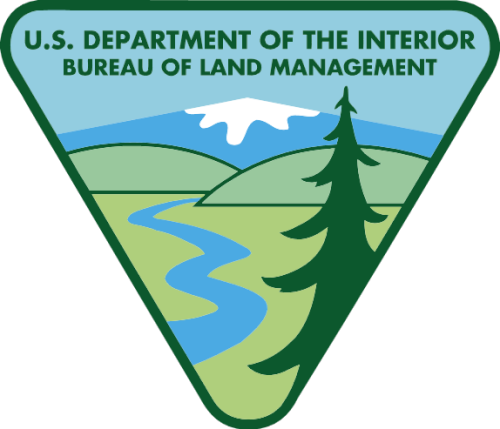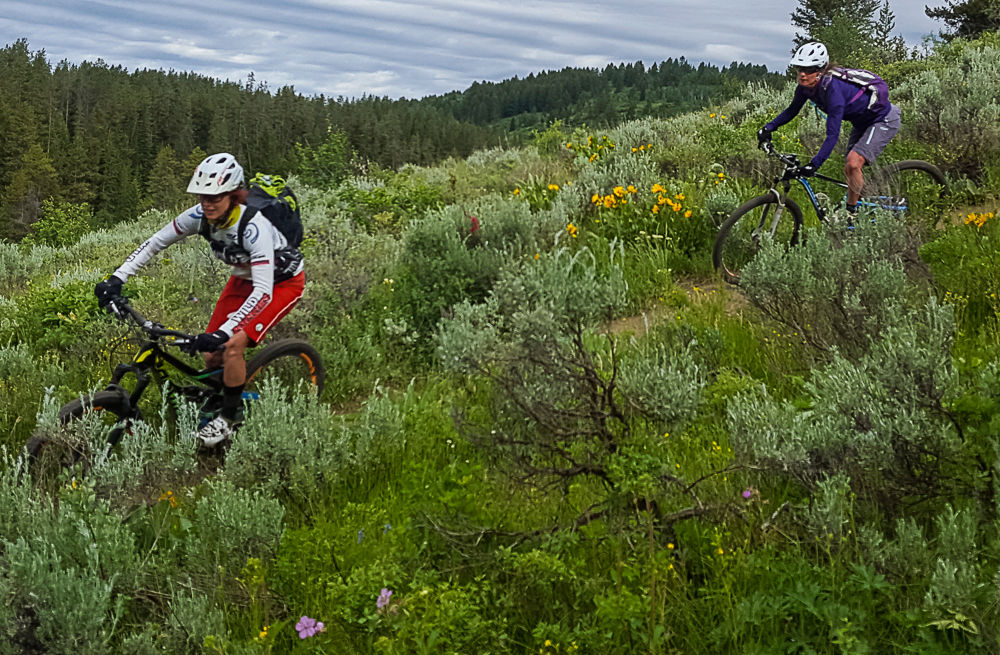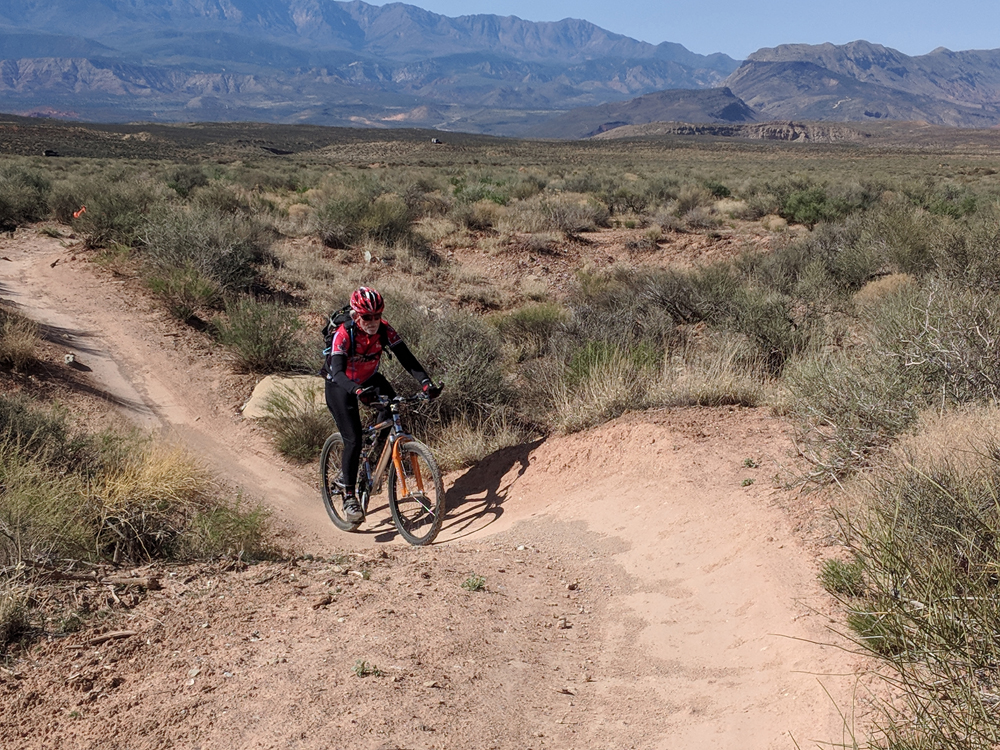By Charles Pekow — If you want to bike in the Bears Ears National Monument, you’ll probably have to stick to designated trails and wherever off-road vehicles are allowed. The Bureau of Land Management (BLM) and US Forest Service (USFS) issued a Proposed Resource Management Plan and Final Environmental Impact Statement (RMP/FEI) for the approximately 1.36 million acres in Utah. BLM says it will designate routes under its preferred alternative, including ones for electric bikes.
 “The implementation level travel management plans will assess existing motorized/mechanized trails and routes, as well as future needs and opportunities, ” the agencies explained.
“The implementation level travel management plans will assess existing motorized/mechanized trails and routes, as well as future needs and opportunities, ” the agencies explained.
BLM and USFS pledged to “develop implementation-level travel management plans that will be guided by the landscape-scale management direction provided in the RMP/EIS. The implementation-level travel management plan will assess existing motorized/mechanized trails and routes, as well as future needs and opportunities.”
In the Utah desert, cryptobiotic soils are an extremely fragile part of the ecosystem. The EIS states, “Recreation can cause localized impacts to soil resources and indirect impacts across the landscape. Hiking, biking, camping, and OHV use cause soil compaction, vegetation trampling, habitat fragmentation, increased spread of invasive and non-native plant species, and increased soil erosion (Switalski 2018). As hiking and camping become more popular, trail and campsite widening can occur, magnifying erosion and increasing an area’s depth of soil disturbance. In Bears Ears National Monument, mechanized non-motorized use (e.g., biking) would be limited to routes designated as OHV limited, which could limit impacts to sensitive soils from that use.”
Details at https://eplanning.blm.gov/eplanning-ui/project/2020347/570










